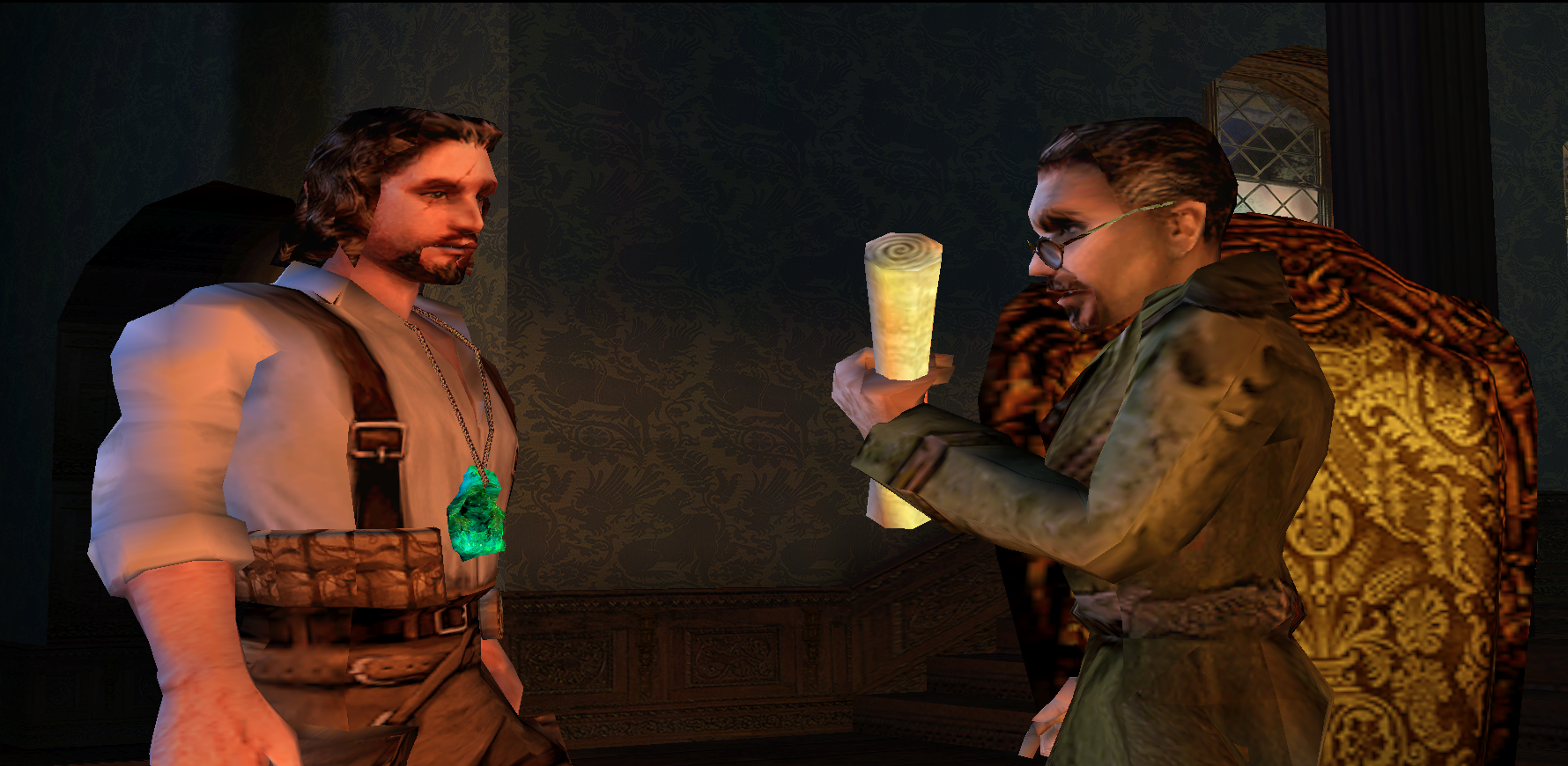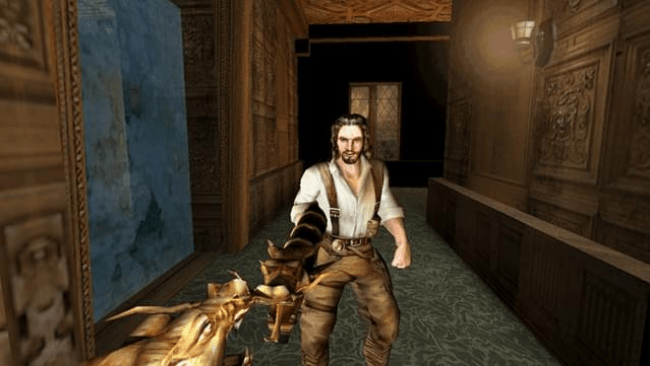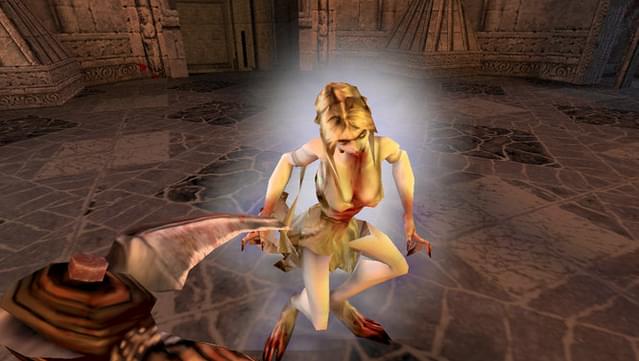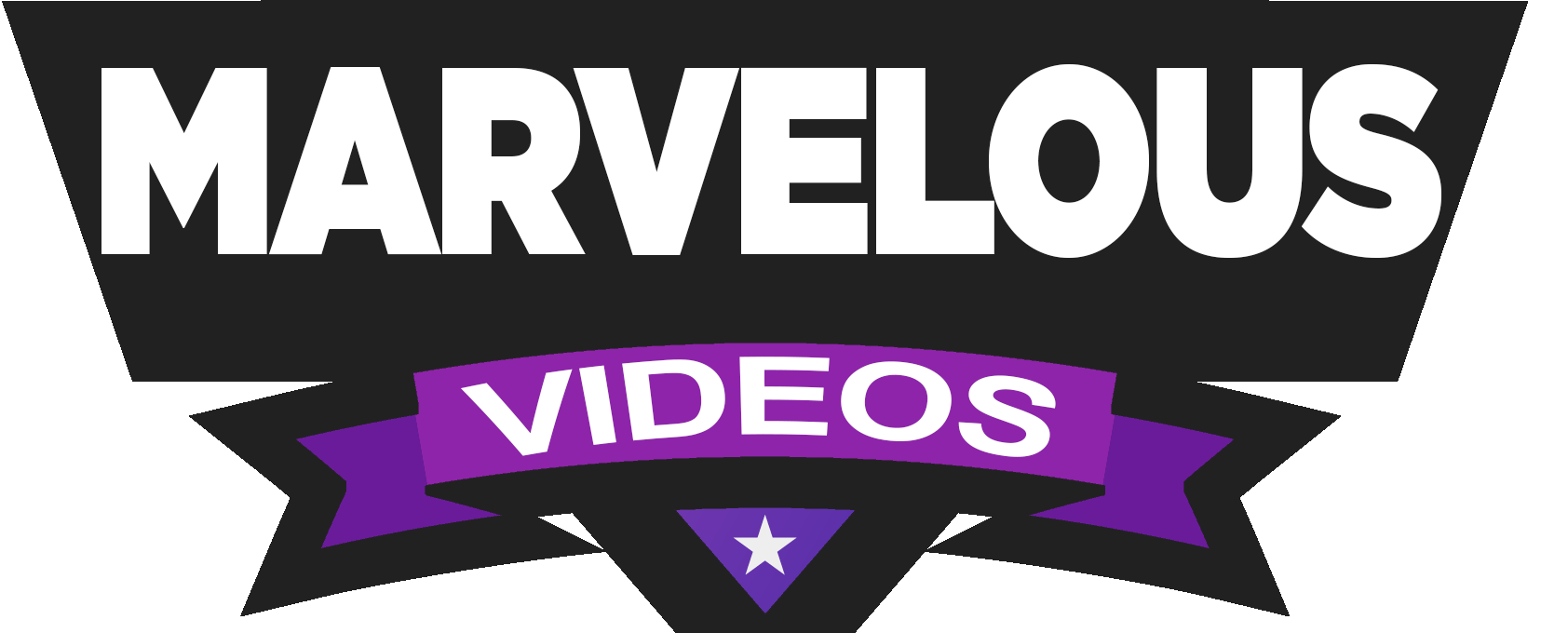Every once in a while, you get to experience the kind of game that reminds you how long it has been since you have played anything quite that amazing. The first-person game with a horror theme, Clive Barker’s Undying, draws inspiration from a well-known thriller writer.
The idea is straightforward enough, yet it has never been executed as beautifully as it was in Doom, id Software’s ground-breaking shooter from 1993. Undying makes an effort to recreate much of Doom’s intrigue and maximal energy, but it does not offer the one feature that allowed Doom to survive—a cooperative mode.
Because of its stunning graphics, incredible sound effects, and quick-paced, enjoyable action situations, Undying is so good. Exploring the rest of the game is a lot of fun and pretty dramatic.
Clive Barker’s Undying

The game, which was released on February 20, 2001 in the United States and March 8, 2001 in the United Kingdom, had been in advancement for some time prior to Barker’s involvement – DreamWorks already had a partially formed game based on a Steven Spielberg project from early 1999, but needed assistance with the plotline. The central protagonist was given a complete revamp and a new name as a result of Barker’s changes.
Along the process, the multiplayer mode (as well as its associated spells) were lost. The initial Undying begins in 1923 on the Irish shore, with World War I soldier Patrick Galloway making a trip to a pal, Jeremiah Covenant. Covenant’s four siblings have perished, yet they are far from dead.
Galloway uses a double mix of sorcery and modern weaponry to try to stop the doomed brothers and a creature dubbed as the Undying King. Despite starting on the old Unreal engine, the game has a lot of ambiance and succeeds to terrify you. Much of this can be attributed to Barker’s impact on the setpieces, personality designs, and sound design.
The majority of Undying takes place in the 1920s in a massive, haunted house. I t’s a vibrant, bright, and frequently stunning setting. The game’s highly detailed locales and believable characters are rendered using the mighty Unreal 3D graphics engine. The manor is packed with eerie darkness and flashing torchlight, heavy wooden doors, beautiful décor, twisting stairwells, and, of course, several hidden perils. Apart from the scenery, the illumination and shade effects in the game are what makes Undying look so realistic.
The game’s colourful lighting is delicate and realistic, and the items and individuals’ shadows are similarly beautifully done. As you investigate the manor houses’ deeper corners, you’ll notice how well the game portrays these ominous locations. You’ll be as delighted when you walk outside the mansion’s confines. The landscape in Undying is so beautiful that you’ll appreciate just being in it and trying to take it all in.
How Scary is Clive Barker’s Undying?

Undying’s other components, like its people and special effects, are equally amazing. You play as Patrick Galloway, an adventurer and sorcerer who owes his life to the mansion’s ill-fated owner, Jeremiah Covenant. Covenant is concerned that his household is under a horrible spell, and that his other brothers have already succumbed to it, so he invites Galloway to explore. Galloway, Jeremiah, and the siblings all appear to be in good shape.
These clearly developed 3D characters are both lifelike and memorable in appearance. Furthermore, the different strange monsters that Galloway encounters during his perilous expedition look fantastic. They’re smoothly enthusiastic, armed with razorlike fangs and claws, and the nearer they get, the more terrifying and fearsome they appear—and almost every one of them will do everything it can to get as near as possible, all in the hopes of putting Galloway’s existence to an early and torturous end. You’ll also confront some less-than-traditional foes, such as a horde of ruthless pirate ships, who are thrilling to fight thanks to their realistic-looking moves and diverse attacks.
Undying looks fantastic, but it’s the game’s use of music that really brings it to life. In simple words, the audio in Undying is outstanding. Even though some of the voice work can come across as strained, but the ambiance and background noises employed all through the game are diverse, genuine, and pretty powerful. You may sense the muffled rumble of a rainstorm outside the estate, as you explore it, and the impact may vary based on where you are.
For example, as the rain pounds the glass roof directly overhead in the garden, the noise of the rainfall gets nearly loud. In the meantime, you’ll hear terrifying animals prowling in the shadows. Galloway holds his different weapons in his left hand while also casting spells with his right hand, making for an unusual two-handed control scheme.
This opens up a lot of possibilities: You’ll need to take accurate, measured shots at your adversaries as they move in on you straight on, when ammo for your handgun is restricted, and then finish them off with the whirling lightning blasts of your ectoplasm magic. Later on, you’ll have additional alternatives to choose from.
The Tibetan war weapon, a magical ice-throwing gadget in the shape of a ferocious dragon; flaming Molotov cocktails; a formidable double-barreled shotgun; and, most importantly, the incredibly lethal scythe of the Celts will be discovered by Galloway.
Clive Barker’s Undying is a well-made, sophisticated, and unforgettable action game. It has compelling and powerful horror components, as well as exciting and unique action features. The game’s fantastic scenario and protagonists give it a strong feeling of meaning and direction, but the game’s violent action segments never stray from that focus. Undying would be even better if it had an online multiplayer that was on par with the rest of the game’s brilliance. Undying will definitely give you plenty of terrifying thrills to entice you to play through the single-player game multiple times, hands down.
Clive Barker’s Undying Deserves A Reboot Or Sequel

Clive Barker’s Undying does have a lot going for it, and given the condition of modern-day game design, this might be a good moment to revisit it – or finish the successor. However, the game was never given its due. Despite receiving multiple awards, PC sales were so low that EA decided to suspend not only the follow-up, but also platform ports and an originally announced multiplayer add-on.
The failure can most likely be attributed to a lack of promotion and stiff competition, as games like Halo and Return to Castle Wolfenstein were among the numerous first-person shooters released that year. Undying’s rebirth in the present day would, in some ways, right a historical wrong.
The argument for a reboot or sequel over a remaster is based in part on gameplay. While dual-wielding spells and firearms was new at the time, the title generally performs like so many vintage first-person games, which may appeal to some but may seem antiquated to those who have played games like Far Cry and Call of Duty, which have far more polished control methods. It’ll also be interesting to observe how EA develops Undying’s gameplay, with the intention of using it as a platform to explore with the horror genre’s potential.
